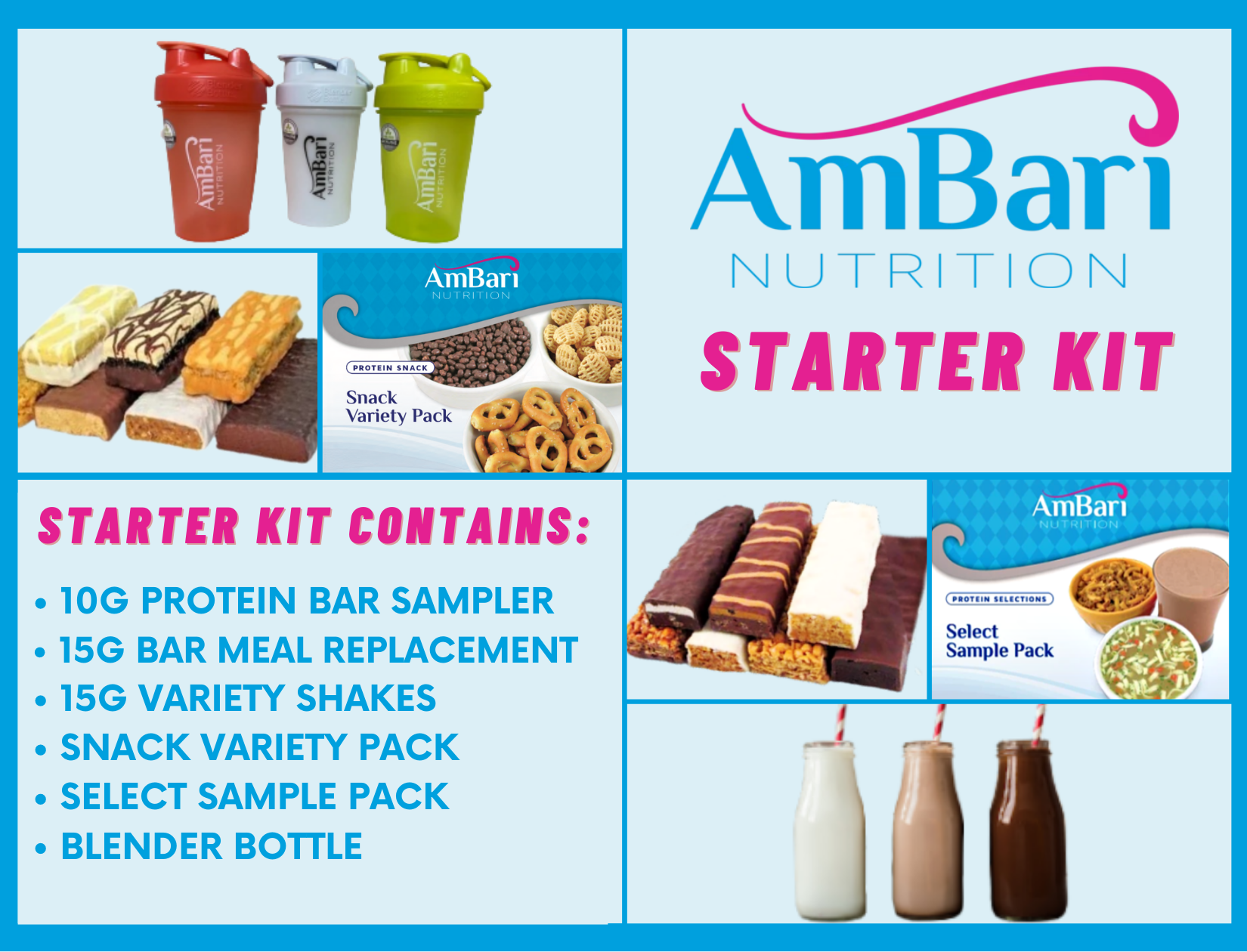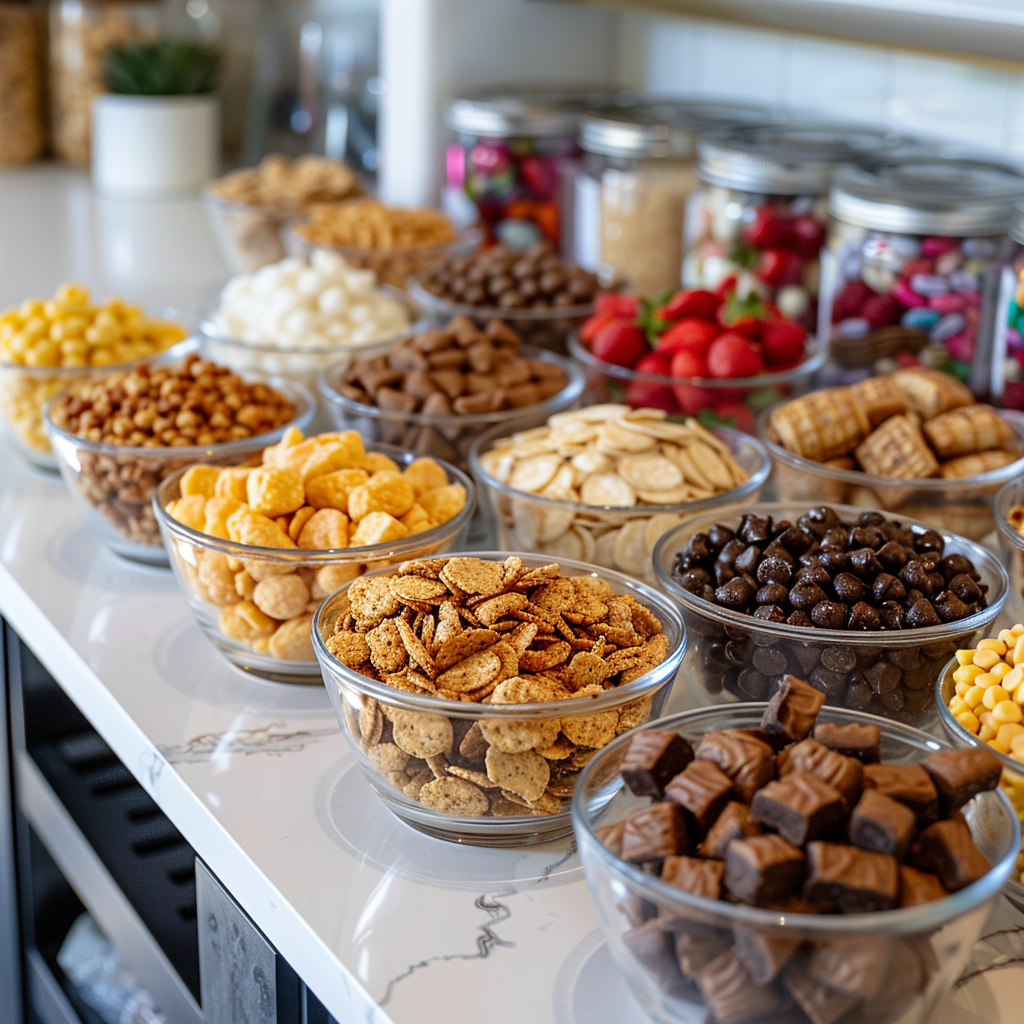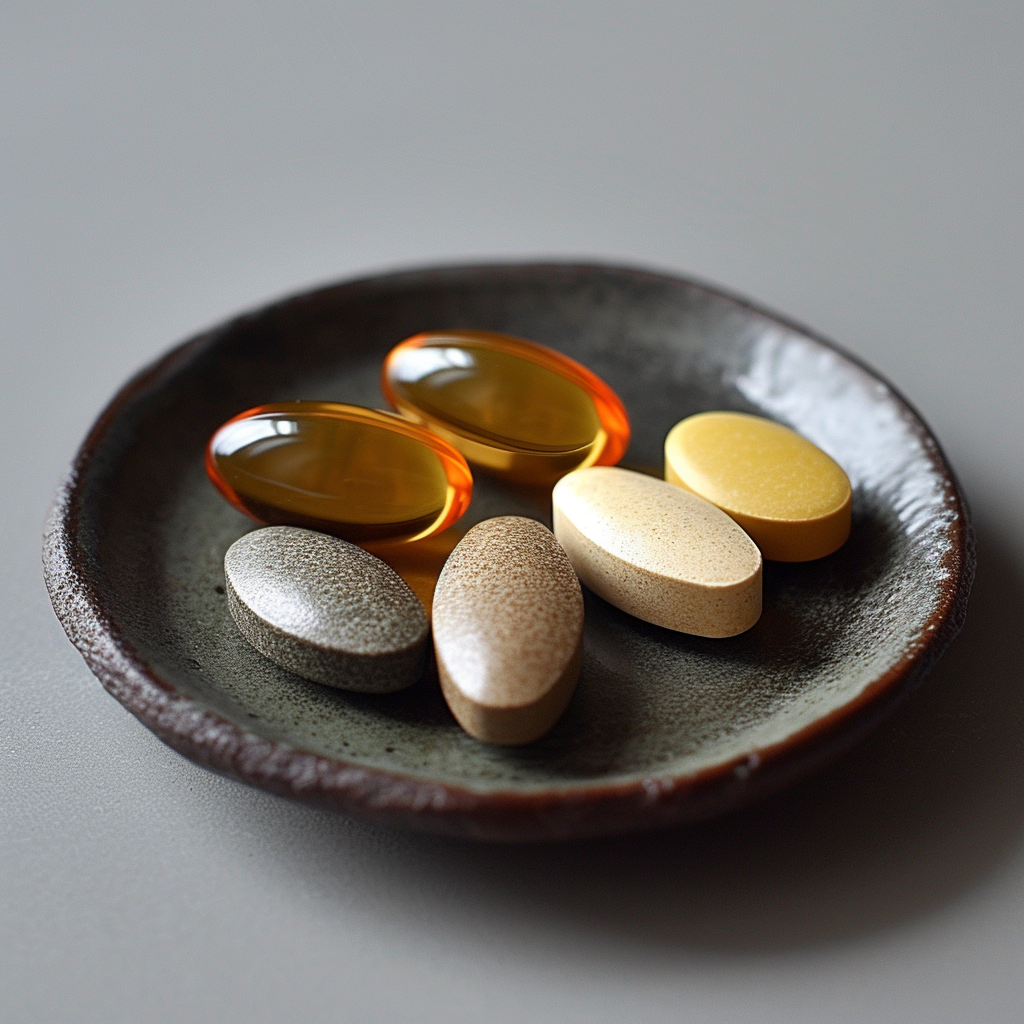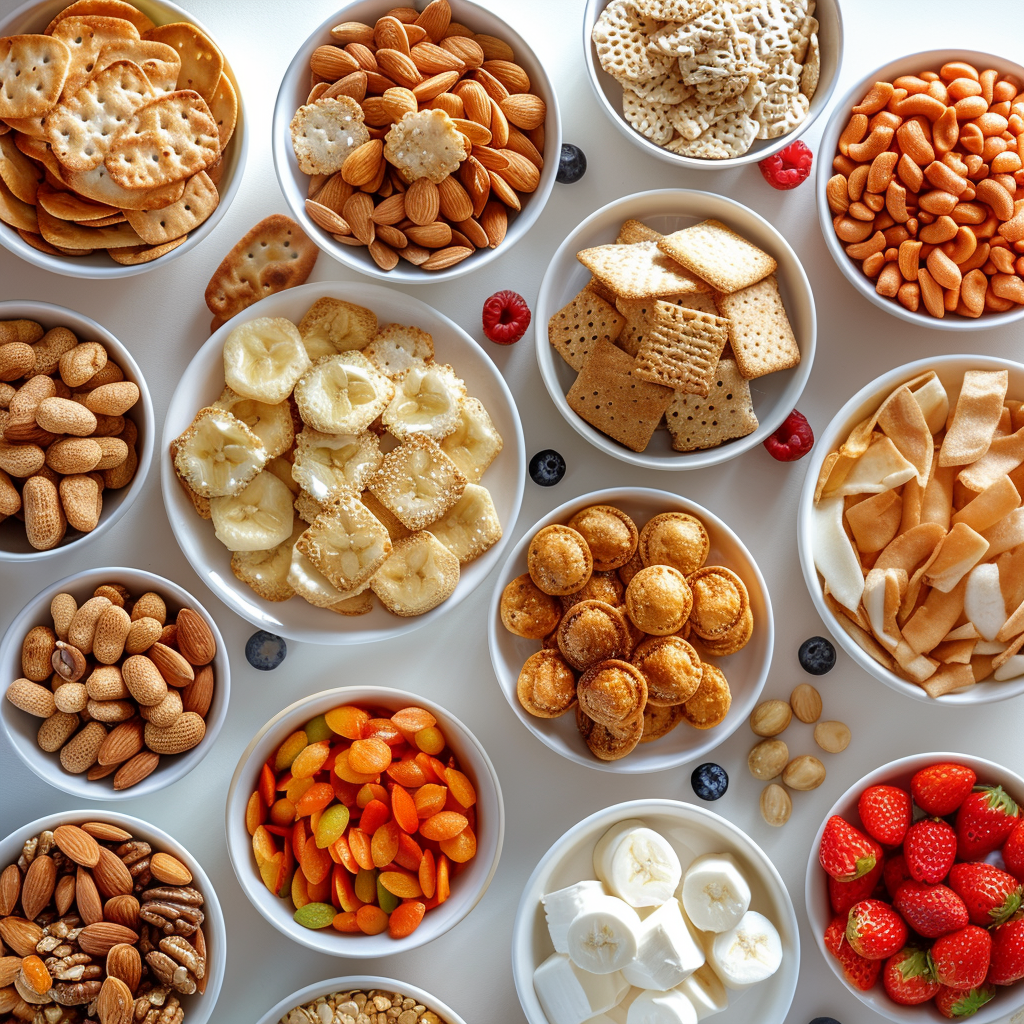Menu
Your cart is empty
Looks like you haven't added anything to your cart yet

Fasting Blood Sugar Levels: Understanding Your Glucose Levels While Fasting
What is Fasting Blood Sugar?
Fasting blood sugar, or fasting plasma glucose, is the level of glucose in your bloodstream after an extended period without eating. Typically, a fasting period lasts for at least 8 hours, often overnight.
Blood Glucose Levels Chart: Fasting, Post-Meal, and HbA1c
| Category | Fasting Glucose (mg/dL) | 2 Hours After Meals (mg/dL) | HbA1c (%) | Description |
|---|---|---|---|---|
| Low | Below 70 | Below 70 | N/A | Hypoglycemia - Requires immediate attention |
| Normal | 70 - 99 | Below 140 | Below 5.7 | Healthy range |
| Prediabetes | 100 - 125 | 140 - 199 | 5.7 - 6.4 | Increased risk of developing diabetes |
| Diabetes | 126 or above | 200 or above | 6.5 or above | Diabetic range - Medical attention required |
Note:
- Fasting glucose is measured after not eating for at least 8 hours.
- Post-meal glucose is measured 2 hours after starting a meal.
- HbA1c (glycated hemoglobin) reflects average blood sugar levels over the past 2-3 months.
- Individual targets may vary based on age, duration of diabetes, and other health conditions. Always consult with a healthcare provider for personalized advice.
Normal Fasting Blood Sugar Levels
For a person without diabetes:
- 70-99 mg/dL
For someone with diabetes, the American Diabetes Association recommends:
- 80-130 mg/dL before meals
Why is Fasting Important for Blood Sugar Testing?
Fasting is important for accurate blood sugar testing because:
- It provides a baseline: Fasting eliminates the immediate effects of food on blood sugar, giving a clear picture of your body's glucose regulation.
- It helps diagnose diabetes: Fasting blood sugar tests are used to diagnose prediabetes and diabetes.
- It guides treatment: For those with diabetes, fasting levels help determine medication dosages and overall management strategies.
If you're looking for convenient ways to support your blood sugar management, consider diabetic-friendly protein shakes as part of your meal plan.
How Fasting Affects Blood Sugar Levels
Fasting has several effects on blood sugar:
- Initial drop: In the first few hours of fasting, blood sugar typically drops as the body uses up glucose from the last meal.
- Stabilization: After 8-12 hours, blood sugar usually stabilizes as the liver releases stored glucose to maintain levels.
- Rise in early morning: Some people experience a rise in blood sugar in the early morning hours due to the "dawn phenomenon," where hormones trigger the liver to release glucose.
- Extended fasting: During longer fasts (24+ hours), the body may start to use ketones for energy, which can affect blood sugar levels.
Factors That Can Affect Fasting Blood Sugar
Several factors can influence your fasting blood sugar levels:
- Stress: Stress hormones can raise blood sugar.
- Medications: Some medications, like corticosteroids, can increase blood sugar.
- Illness: Being sick can raise blood sugar levels.
- Sleep quality: Poor sleep can affect insulin sensitivity and glucose regulation.
- Dawn phenomenon: As mentioned, this natural process can cause higher morning readings.
- Dehydration: Being dehydrated can concentrate glucose in the blood.
Fasting Blood Sugar Testing Methods
1. Laboratory Blood Draw
The most accurate method, typically used for diagnosis and regular check-ups.
2. Home Glucometer Testing
Convenient for daily monitoring. To ensure accuracy:
- Test first thing in the morning before eating or drinking anything (except water).
- Wash hands thoroughly before testing.
- Use a fresh test strip and lancet.
- Record results to share with your doctor.
3. Continuous Glucose Monitoring (CGM)
Provides real-time, continuous readings, allowing you to see how your blood sugar changes throughout the fasting period.
If you want to learn more about normal blood sugar levels and how to read the glucose level charts.
Interpreting Blood Sugar Results While Fasting
Understanding your fasting blood sugar results is key:
- Below 70 mg/dL (3.9 mmol/L): This is considered low blood sugar (hypoglycemia) and may require immediate attention.
- 70-99 mg/dL (3.9-5.5 mmol/L): This is the normal range for people without diabetes.
- 100-125 mg/dL (5.6-6.9 mmol/L): This range indicates prediabetes.
- 126 mg/dL (7.0 mmol/L) or higher: This may indicate diabetes if confirmed by repeated testing.
For those at risk of developing diabetes, making dietary changes is necessary. Our article on low glycemic fruits can help you make informed choices to maintain healthy blood sugar levels.
Fasting and Diabetes Management
For people with diabetes, fasting can be a useful tool but requires careful management:
- Medication adjustments: Insulin or other diabetes medications may need to be adjusted during fasting periods.
- Monitoring: More frequent blood sugar checks may be necessary during fasting.
- Breaking the fast: Have a plan for how to safely break a fast, especially if blood sugar drops too low.
- Talking with healthcare providers: Always talk with your doctor before starting any fasting regimen.
Fasting Blood Sugar and Diet
What you eat before and after fasting can significantly impact your fasting blood sugar:
- Evening meals: A balanced dinner with complex carbohydrates, lean protein, and healthy fats can help stabilize morning blood sugar.
-
Breaking the fast: Choose foods that won't spike your blood sugar rapidly. Good options include:
- Whole grains
- Lean proteins
- Non-starchy vegetables
- Healthy fats like avocado or nuts
If you're looking for more quick and convenient options, check out our Diabetic Foods collection.
Common Questions About Fasting Blood Sugar
Can drinking water affect fasting blood sugar?
No, drinking plain water during your fast will not affect your blood sugar levels and is encouraged to prevent dehydration.
How long should I fast for an accurate reading?
For most fasting blood sugar tests, a minimum of 8 hours of fasting is required. However, some tests may require up to 12 hours.
What if my fasting blood sugar is high in the morning?
Consistently high morning blood sugar could be due to the dawn phenomenon or may indicate that your diabetes management plan needs adjustment. Consult your healthcare provider if this occurs regularly.
Can exercise affect fasting blood sugar?
Yes, exercise can lower blood sugar levels. If you exercise in the morning before testing, it might affect your fasting blood sugar reading.

When to Seek Medical Advice
Call your doctor if:
- Your fasting blood sugar is consistently above 130 mg/dL (7.2 mmol/L)
- You experience symptoms of low blood sugar during fasting
- You have difficulty managing your blood sugar levels during fasting periods
- You notice any new or worsening symptoms related to diabetes
Writer: Carrie H. Carrie is a passionate health and nutrition writer with a strong foundation in medical and scientific research. Driven by her commitment to helping others lead healthier lives, she immerses herself in the latest scientific findings. Carrie excels at translating evidence-based knowledge into practical advice, ensuring that her readers receive accurate and valuable information on health, nutrition, and wellness. Through her writing, she aims to empower individuals to make informed decisions about their well-being. |
Reviewed By: Dr. Kevin Huffman Dr. Kevin D. Huffman, D.O., is a renowned board-certified bariatric physician dedicated to the treatment of obesity. His expertise has made him a sought-after trainer for healthcare providers, and he founded American Bariatric Consultants to develop protocols and training materials trusted by medical societies, pharmaceutical companies, patients, and hospitals alike. Beyond patient care, Dr. Huffman's influence extends to preparing physicians for board certification, thereby expanding access to this crucial treatment. Dr. Kevin D. Huffman, D.O., is a renowned board-certified bariatric physician dedicated to the treatment of obesity. His expertise has made him a sought-after trainer for healthcare providers, and he founded American Bariatric Consultants to develop protocols and training materials trusted by medical societies, pharmaceutical companies, patients, and hospitals alike. Beyond patient care, Dr. Huffman's influence extends to preparing physicians for board certification, thereby expanding access to this crucial treatment. |
- Choosing a selection results in a full page refresh.



































